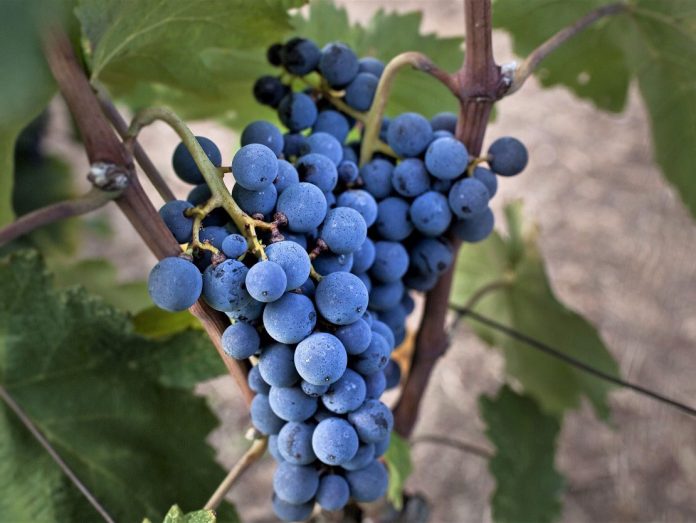On November 1st, Xinomavro, the dominant red wine grape variety from Northern Greece steps once again into the world wine map, with the celebration of the International Xinomavro Day.
In recent years, the Greek wine industry has made significant efforts and great leaps on the production of quality wines, enhancing the brand and improving the image of the Greek vineyard both in Greece and abroad. As a result, the indigenous varieties can be adopted by conscious consumers and true wine connoisseurs worldwide, together with other international varieties.
The Association of Winemakers “Wines of North Greece” pays homage to the charismatic Xinomavro, as it holds the top rank among Greek varieties and is once again celebrating the International Xinomavro Day, which was established last year, in order to promote the noble variety around world. After all, Xinomavro, one of the Greek ambassador varieties, is already recognized and appreciated making friends beyond the borders.
The date of the celebration, on the 1st of November, marks the end of the harvest in Greece and is a chance to pay tribute to the Greek noble Xinomavro by opening a bottle or enjoying it by the glass, always in moderation, at home or in a wine bar or restaurant.
Xinomavro in a nutshell
Xinomavro, also known as Mavro Naoutsiano, Popolka, Xinogaltso or Mavro of Naoussa, is the noblest of red varieties in Northern Greece, grown mainly in the regions of Naoussa, Goumenissa, Amyntaio, Rapsani, Trikomo, Siatista, Velvendos, Pella and to a smaller extent on Mount Athos, in Ossa, Ioannina, Magnesia, Castoria and Trikala, on more than 1,800 hectares. Its name is descriptive and comes from a combination of the words “sour” (Xino -ksino-) and “black” (mavro).
Adapted for hundreds of years in Northern Greece, Xinomavro offers wines with exceptional characteristics expressing the uniqueness of each terroir. This, after all, is the main feature of the variety, expressing the area and each vineyard in which it is cultivated.
Xinomavro is a multifaceted variety that can yield different types of wine. At average altitudes, where it can ripen, in the appropriate soil and at a low yield per vine, it produces wonderful dry reds with good color, a typical bouquet, good acidity and high alcoholic strength that are rich in tannins and can benefit from ageing. At high altitudes it can yield remarkable rosés, still and sparkling wines with a distinctive aroma of red berries, especially strawberry.
It can also produce white wines (blanc de noirs) with a distinctive color and aroma and a crisp palate.



















